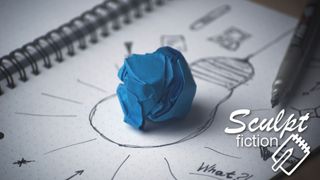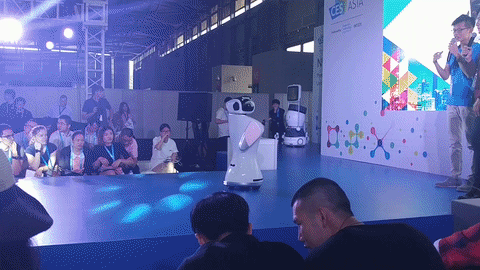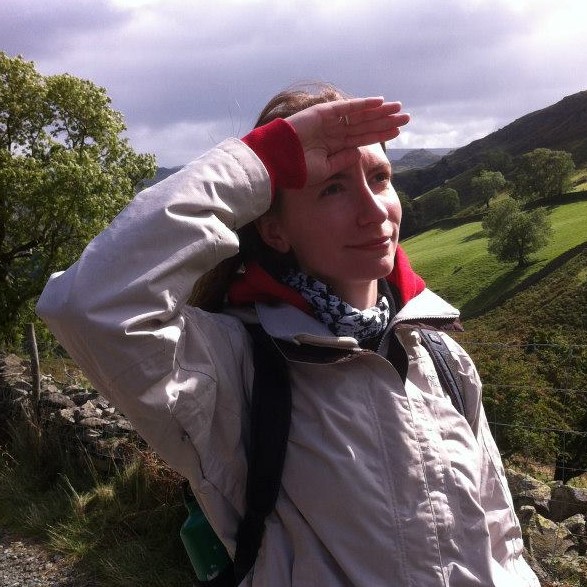
“Everyone has a book in them,” said journalist Christopher Hitchens, “and that, in most cases, is where it should stay.”
That might well be true of me and the novel idea that’s swimming around in my head, but I’ve decided to put fingers to keyboard and find out.
Well, that’s the plan, anyway. Some writers can simply sit down and start hammering out a first draft in Notepad fuelled only by coffee and their own remarkable imaginations, but I’m definitely not one of them. Faced with a blank page my muse withers, turns a nasty shade of brown and starts to smell.
What if my plot lacks depth? What if my characters are shallow and unlikeable? What if it's too daft – or not daft enough? My novel is a speculative work set in the near-ish future, but at this month’s CES Asia tech show I was amazed and slightly alarmed to see a few devices I thought would fit squarely in the realm of science fiction already roaming the floor. That doesn’t bode well (although it was extremely cool).

I’m clearly going to need some help, so I’m turning to technology – hardware and software that won’t judge my half-formed idea as nonsense on stilts, but will give me some scaffolding to help build it into something fit for human consumption. Or at least something that can be battered into shape with some ruthless editing. Either way is progress.
Plotting and scheming
There are dozens of programs – free and premium – that promise to guide wannabe authors through the process of structuring a plot, developing well-rounded characters, and building a believable world. The software can’t do the actual writing (unless it’s the Japanese AI whose novel was shortlisted for a literary prize), but hopefully the right tool will help me build a plan that will make that blank document and blinking cursor less intimidating.
That’s before you get onto distraction-free word processors, time-management tools, and weird ergonomic keyboards with finger-twisting designs that look like a mutant game of Boggle.
Get daily insight, inspiration and deals in your inbox
Get the hottest deals available in your inbox plus news, reviews, opinion, analysis and more from the TechRadar team.

But wait – am I even ready to plan yet? Looking through my Evernote account, where I’ve gathered a mass of articles, ideas and snippets of dialogue into categories (characters, locations, scenes, history and so on), I can feel the creative spark start to fizzle and my enthusiasm turn brown and crispy around the edges.
First, I need to plan my plan. Is there an app for that?
Cat Ellis has turned to technology to help write her first novel. Follow her progress in her Sculpt Fiction column.
Cat is the editor of TechRadar's sister site Advnture. She’s a UK Athletics qualified run leader, and in her spare time enjoys nothing more than lacing up her shoes and hitting the roads and trails (the muddier, the better)

